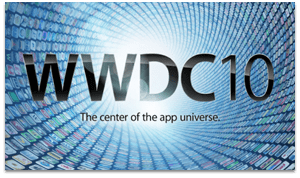 Ever since the leak of the iPhone 4 prototype a few months ago, we all sort of knew what Steve’s keynote presentation at this year’s World Wide Developer’s Conference would center around. After all, the WWDC has traditionally been where the latest model iPhones have been introduced.
Ever since the leak of the iPhone 4 prototype a few months ago, we all sort of knew what Steve’s keynote presentation at this year’s World Wide Developer’s Conference would center around. After all, the WWDC has traditionally been where the latest model iPhones have been introduced.
First, though, Steve started talking about Apple’s newest line, the iPad. Apparently, Apple has moved over two million units already, making it about one iPad sold every three seconds or so.
He then went on to talk about iBooks, a key component of the iPad. There’s been over five million books sold (approx. 2.5 per iPad) and the iBooks Store has about a 22% market share.
They’ve made some enhancements to iBooks. Now, not only can you highlight text, but you can add what looks like sticky notes to a page, and add bookmarks with just a tap now. The biggest change, though is now iBooks can read PDFs.
Then Steve went on to talk about the App Store, where there’s over 15,000 apps submitted a week; 95% are approved within seven days. He also talked about why some apps may be rejected. Not working as advertised and apps that crash are obvious. The other main reason is the use of “private APIs.” I think we all know that was a dig at Adobe Flash.
A second dig along those lines was the announcement of an iPhone app for FarmVille. It’s wildly popular, and – until today – has been pretty much Flash-based. Despite a somewhat lukewarm reception of the app itself, it served as an example of how a huge Flash-based application can be re-worked for the iPhone.
And that’s where the elephant in the room was finally mentioned: the new iPhone. Steve even made a little joke about possibly having seen it before, a subtle tip of the hat to the whole Gizmodo debacle.
He then went into all the little features which differentiate the product, the first of which was the new design. Aside from being a thinner steel-and-glass design, it also features a number of other changes, including an LED flash for the rear camera, a front-mounted camera, a side-mounted micro SIM tray and integrated external antennas.
Their new (though somewhat oddly-named) “Retina Display” effectively quadruples the number of pixels per inch on the iPhone’s screen, making everything incredibly sharp, and giving the display a resolution of 960 x 640 pixels.
It was right about this time in the proceedings that Steve had a bit of a network problem. He was trying to connect to a Web page on both a iPhone 3GS and the new iPhone 4 to demonstrate the latter’s higher resolution display in a typical application. Unfortunately, we were treated to a wonderfully awkward moment that ranks with the best of them.
After that, Steve went on to talk about the other specifications of the new iPhone, including the use of the A4 processor that’s also in the iPad and gyroscope for even more precise controlling.
Along with the new, high-resolution display came a higher-resolution camera; a five megapixel sensor, with backlight illumination and the same size pixel sensors as the previous model. Along with the aforementioned LED flash, the camera also has a 5x digital zoom.
The biggest “wow” factor for the crowd, though, was the fact it now capable of recording 720p HD Video at 30fps. To compliment this capability, Apple also announced iMovie for iPhone, which includes many of the tools, effects, and transitions found in the Mac version. It’ll be available in the App store for an additional $4.99, if you’re into that sort of thing.
At this point, they determined that the network problems from earlier supposedly from so many wireless access points set up by the bloggers. This resulted in a request from Steve to “please shut off your WiFi,”—a request promptly ignored by a large number of bloggers.
It’s a good thing they didn’t listen, or we would have missed the next important bit of info: they’re changing the name from “iPhone OS 4” to “iOS 4.” Save for that little bit of info and that Bing is now a selectable option for a search engine, though, it was mostly a light rehash of last March’s event: mulitasking, folders, iAds, etc. Also in the “new, but not too surprising” category is that the version of iBooks included in iOS 4 will sport the same enhancements in the iPad version and they will now sync between devices.
The infamous “one more thing,” of course, had to do with that second camera on the front of the new iPhone. The new FaceTime application allows you to make video phone calls. That is, of course, as long as you have a WiFi connection available—apparently they haven’t worked things out with phone carriers yet.
Other little details on the phone:
- Comes in Black or White with two year contract, prices on the current lineup are now:
- 8GB 3GS is $99
- 16GB IPhone 4 is $199
- 32GB iPhone 4 for $299 if your current iPhone contract is up any time in 2010, you’re immediately eligible for upgrade.
- on sale 6/24, pre-order on 6/15
- Not only in US for launch, but also France, Germany, Japan and the UK.
- 18 more countries in July
Finally, in a surprising move, it was announced that iOS 4 will be available on June 21, and will be a FREE upgrade for iPod Touch users as well. The First Generation device will be left out and 2nd Generation devices may not support all features, but at least everybody with compatible hardware is given a chance to upgrade.
What do you think?
What’s your opinion of today’s announcements from Apple. Sound off in the comments below.
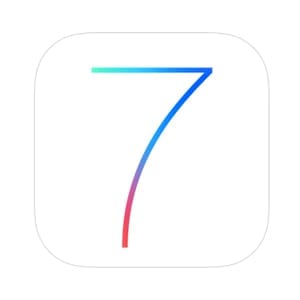
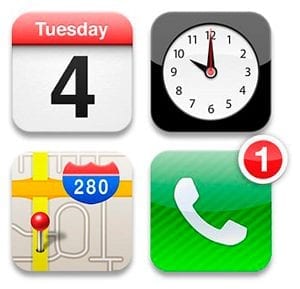
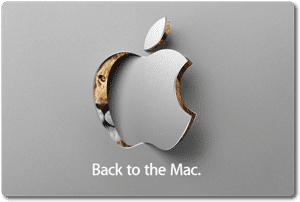
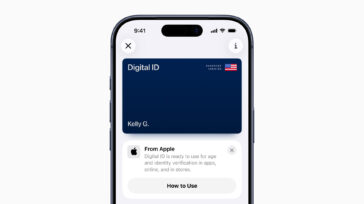


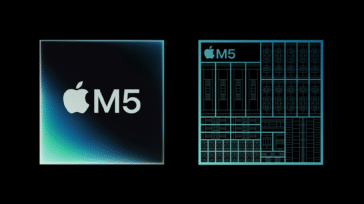


I wouldn’t hold my breath on any carrier allowing unlimited videocalling at no charge. Some may do it as a loss-leader, trying to get new subscriptions even though they couldn’t begin to carry all the data.
But AT&T already carries a huge share of all cellular data in the country, and are stressed; other carriers don’t have the capacity, either.
You could do the math for us; that’d be helpful: how many megabytes for a 20-minute, VGA-quality image after sensible compression? If AT&T’s new rate card is typical of what others will soon do (have done), you can see that’ll get pretty spendy, fast.
Apple has been making little barbs at Flash using the euphemism “private APIs” for a while now. While the validity of the claim for system stability still rings true, it was still a shot (though veiled) at Adobe and those who want to use Flash for iPhone development.
As for data network capability, it would seem from Jobs’s comment about “working with the providers” (at approximately 1:33:35 into the live stream on Apple’s site) that the capability of doing so over a network should be, and considering that the HTC Evo can do something very similar over 3G, it can’t be that far off.
As for AT&T’s pricing, I think OWC Mike H’s article from last week sums it up nicely.
“I think we all know [banning apps for using private API’s] was a dig at Adobe Flash.”
I don’t. As Jobs said, it’s the top reason that a smart, conscientious developer would have an app rejected. A dev I talked with wanted to do something that would’ve required him to use a private API; he had to do a bit more cumbersome of a workaround and no good dev wants to do more work, possibly for a less-satisfactory result.
It’s a reminder to a conference full of developers: build high-quality apps that you can be sure won’t break the next time we do a 0.0.1 upgrade to iOS. “A word to the wise is sufficient” kind of remark.
I was hoping that Apple would finally sell them unlocked in the store like they do in Hong Kong Apple Store.